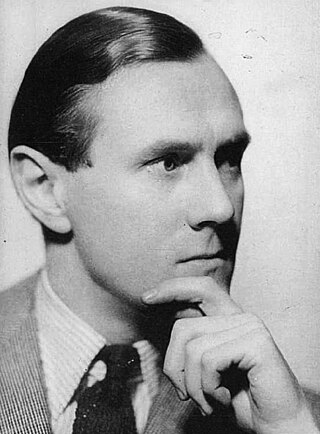
Patrick Victor Martindale White was an Australian novelist and playwright who explored themes of religious experience, personal identity and the conflict between visionary individuals and a materialistic, conformist society. Influenced by the modernism of James Joyce, D. H. Lawrence and Virginia Woolf, he developed a complex literary style and a body of work which challenged the dominant realist prose tradition of his home country, was satirical of Australian society, and sharply divided local critics. He was awarded the Nobel Prize in Literature in 1973, the only Australian to have been awarded the literary prize.
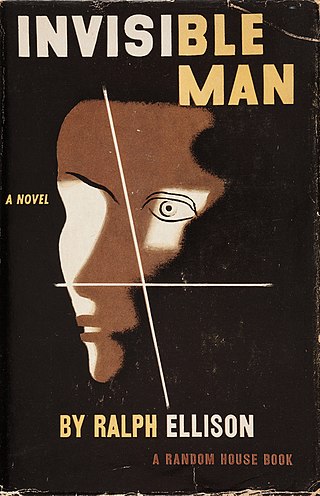
Invisible Man is Ralph Ellison's first novel, the only one published during his lifetime. It was published by Random House in 1952, and addresses many of the social and intellectual issues faced by African Americans in the early 20th century, including black nationalism, the relationship between black identity and Marxism, and the reformist racial policies of Booker T. Washington, as well as issues of individuality and personal identity.
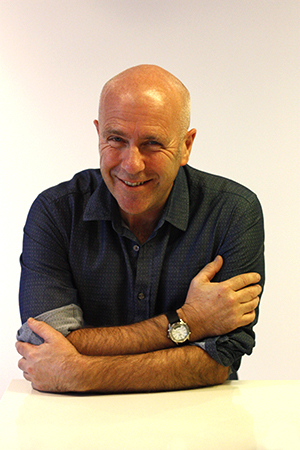
Richard Miller Flanagan is an Australian writer, who has also worked as a film director and screenwriter. He won the 2014 Man Booker Prize for his novel The Narrow Road to the Deep North.

Australian literature is the written or literary work produced in the area or by the people of the Commonwealth of Australia and its preceding colonies. During its early Western history, Australia was a collection of British colonies; as such, its recognised literary tradition begins with and is linked to the broader tradition of English literature. However, the narrative art of Australian writers has, since 1788, introduced the character of a new continent into literature—exploring such themes as Aboriginality, mateship, egalitarianism, democracy, national identity, migration, Australia's unique location and geography, the complexities of urban living, and "the beauty and the terror" of life in the Australian bush.

David George Joseph Malouf is an Australian poet, novelist, short story writer, playwright and librettist. Elected a Fellow of the Royal Society of Literature in 2008, Malouf has lectured at both the University of Queensland and the University of Sydney. He also delivered the 1998 Boyer Lectures.

Shirley Hazzard was an Australian-American novelist, short story writer, and essayist. She was born in Australia and also held U.S. citizenship.
Gerald Murnane is an Australian novelist, short story writer, poet and essayist. Perhaps best known for his 1982 novel The Plains, he has won acclaim for his distinctive prose and exploration of memory, identity, and the Australian landscape, often blurring fiction and autobiography in the process. The New York Times described Murnane in 2018 as "the greatest living English-language writer most people have never heard of", and he is regularly tipped to win the Nobel Prize in Literature.

A verse novel is a type of narrative poetry in which a novel-length narrative is told through the medium of poetry rather than prose. Either simple or complex stanzaic verse-forms may be used, but there is usually a large cast, multiple voices, dialogue, narration, description, and action in a novelistic manner.
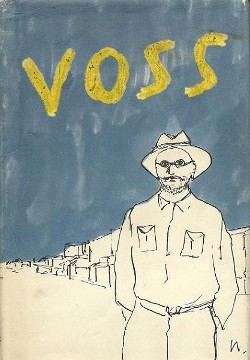
Voss (1957) is the fifth published novel by Patrick White. It is based upon the life of the 19th-century Prussian explorer and naturalist Ludwig Leichhardt, who disappeared while on an expedition into the Australian outback.
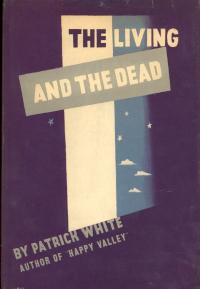
The Living and the Dead is a novel by Australian Nobel Prize laureate Patrick White, his second published book (1941). It was written in the early stages of World War II whilst the author alternated between the United Kingdom and the United States.

1001 Movies You Must See Before You Die is a film reference book edited by Steven Jay Schneider with original essays on each film contributed by over 70 film critics. It is a part of a series designed and produced by Quintessence Editions, a London-based company, and published in English-language versions by Cassell Illustrated (UK), ABC Books, and Barron's (US). The first edition was published in 2003. The most recent edition was published on 14 December 2021. Contributors include Adrian Martin, Jonathan Rosenbaum, Richard Peña, David Stratton, and Margaret Pomeranz.
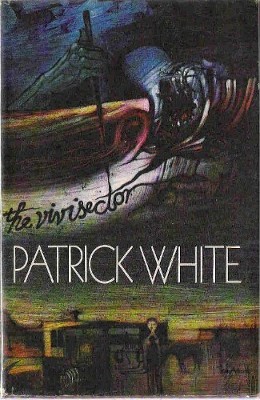
The Vivisector is the eighth published novel by Patrick White. First published in 1970, it details the lifelong creative journey of fictional artist/painter Hurtle Duffield. Named for its sometimes cruel analysis of Duffield and the major figures in his life, the book explores universal themes like the suffering of the artist, the need for truth and the meaning of existence.

Clea, published in 1960, is the fourth volume in The Alexandria Quartet of novels by the British author Lawrence Durrell. Set in Alexandria, Egypt, in the 1930s and 1940s, the first three volumes tell the same story from different points of view, and Clea relates subsequent events.
David Watt Ian Campbell was an Australian poet who wrote over 15 volumes of prose and poetry. He was also a talented rugby union player who represented England in two tests.

The Solid Mandala is the seventh published novel by Australian author Patrick White, Nobel Prize winner of 1973, first published in 1966. It details the story of two brothers, Waldo and Arthur Brown, with a focus on the facets of their symbiotic relationship. It is set in White's fictional suburb of Sarsaparilla, a setting he often employed in his other books, such as with Riders in the Chariot. The book is typical of White's writing style, and is slow-paced, with little considerable action, instead focusing upon the inner turmoils of the aforementioned characters.
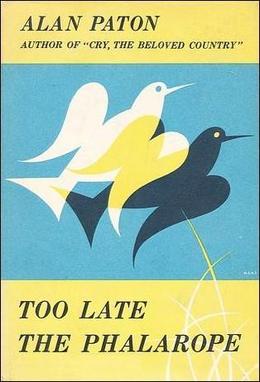
Too Late the Phalarope is the second novel of Alan Paton, the South African author who is best known for writing Cry, the Beloved Country. It was published in 1953, and was the last novel he published before Ah, but Your Land Is Beautiful in 1981.
The Lost Man Booker Prize was a special edition of the Man Booker Prize awarded by a public vote in 2010 to a novel from 1970 as the books published in 1970 were not eligible for the Man Booker Prize due to a rules alteration; until 1970 the prize was awarded to books published in the previous year, while from 1971 onwards it was awarded to books published the same year as the award. The prize was won by J. G. Farrell for Troubles.
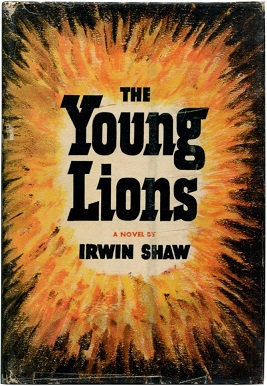
The Young Lions (1948) is a novel by Irwin Shaw about three soldiers in World War II.
Orville Prescott was the main book reviewer for The New York Times for 24 years.
Anne Goodwin Winslow was an American novelist and short-story writer who published her first work of prose at the age of 68.















